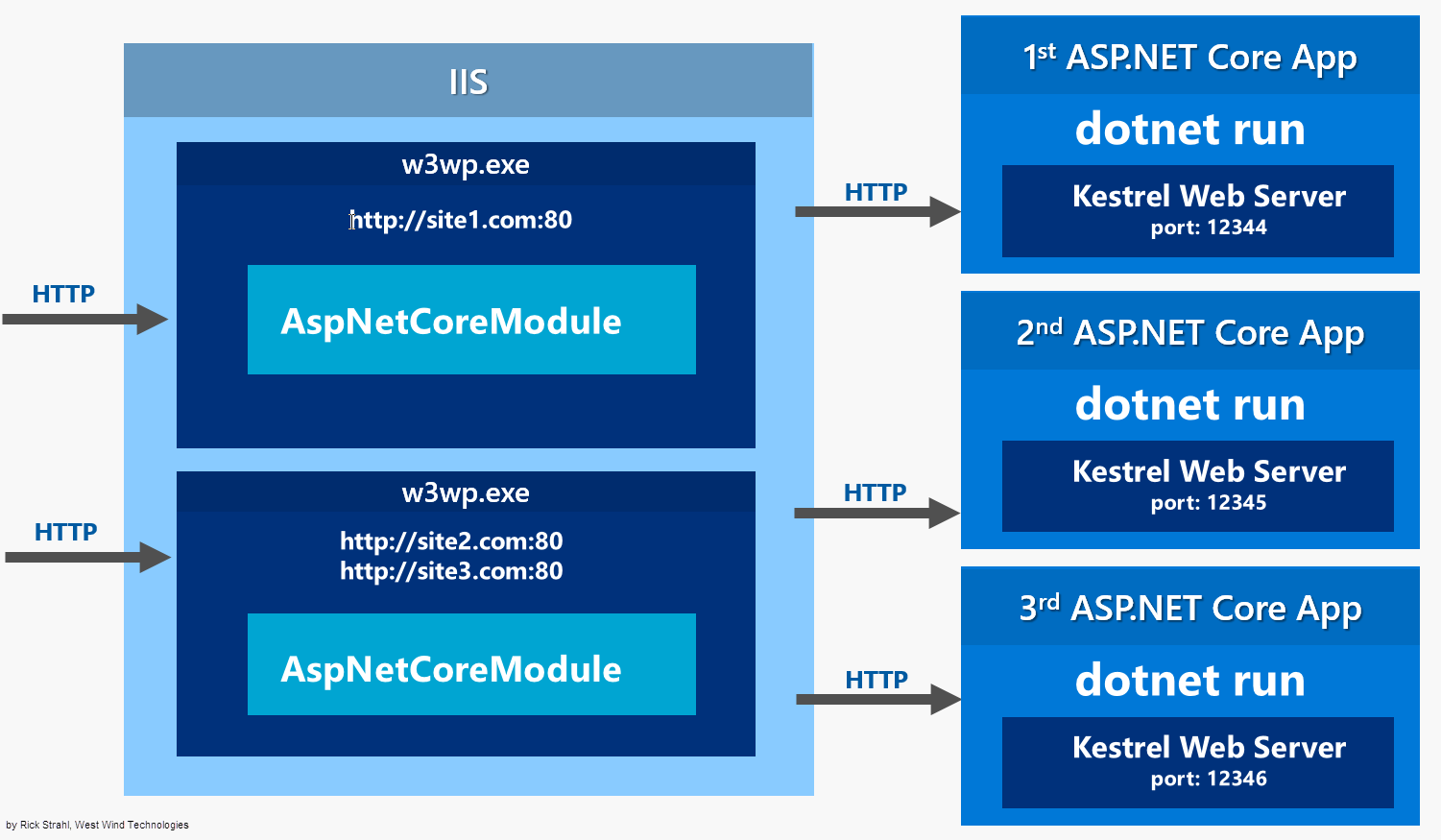Asp Net Core Dependency Injection In Mvc

In this post, I'll describe how controllers are created in ASP.NET Core MVC using the IControllerActivator, the options available out of the box, and their differences when it comes to dependency injection. Tv online indonesia gratis.
Important Don't forget to register types you request through dependency injection in Startup.ConfigureServices. An unregistered type throws an exception at runtime because the service provider is internally queried via. Overriding Services In addition to injecting new services, this technique can also be used to override previously injected services on a page. The figure below shows all of the fields available on the page used in the first example: As you can see, the default fields include Html, Component, and Url (as well as the StatsService that we injected). If for instance you wanted to replace the default HTML Helpers with your own, you could easily do so using @inject: @using System.Threading.Tasks @using ViewInjectSample.Helpers @inject MyHtmlHelper Html My Helper Test: @Html.Value If you want to extend existing services, you can simply use this technique while inheriting from or wrapping the existing implementation with your own. See Also • Simon Timms Blog: Feedback.
ASP.NET - Writing Clean Code in ASP.NET Core with Dependency Injection By May 2016 Get the Code: ASP.NET Core 1.0 is a complete rewrite of ASP.NET, and one of the main goals for this new framework is a more modular design. That is, apps should be able to leverage only those parts of the framework they need, with the framework providing dependencies as they’re requested. Further, developers building apps using ASP.NET Core should be able to leverage this same functionality to keep their apps loosely coupled and modular. With ASP.NET MVC, the ASP.NET team greatly improved the framework’s support for writing loosely coupled code, but it was still very easy to fall into the trap of tight coupling, especially in controller classes. Var controller = new DinnersController(); var result = controller.Index(1); The first thing that fails in this case is the attempt to instantiate the EF context. The code throws an InvalidOperationException: “No connection string named ‘NerdDinnerContext’ could be found in the application config file.” I’ve been deceived!
This class needs more to function than what its constructor claims! If the class needs a way to access collections of Dinner instances, it should request that through its constructor (or, alternatively, as parameters on its methods). Dependency Injection Dependency injection (DI) refers to the technique of passing in a class’s or method’s dependencies as parameters, rather than hardcoding these relationships via new or static calls. It’s an increasingly common technique in.NET development, because of the decoupling it affords to applications that employ it. Early versions of ASP.NET didn’t make use of DI, and although ASP.NET MVC and Web API made progress toward supporting it, neither went so far as to build full support, including a container for managing the dependencies and their object lifecycles, into the product.
With ASP.NET Core 1.0, DI isn’t just supported out of the box, it’s used extensively by the product itself. ASP.NET Core not only supports DI, it also includes a DI container—also referred to as an Inversion of Control (IoC) container or a services container. Every ASP.NET Core app configures its dependencies using this container in the Startup class’s ConfigureServices method.
This container provides the basic support required, but it can be replaced with a custom implementation if desired. What’s more, EF Core also has built-in support for DI, so configuring it within an ASP.NET Core application is as simple as calling an extension method. I’ve created a spinoff of NerdDinner, called GeekDinner, for this article.
- понедельник 21 января
- 14